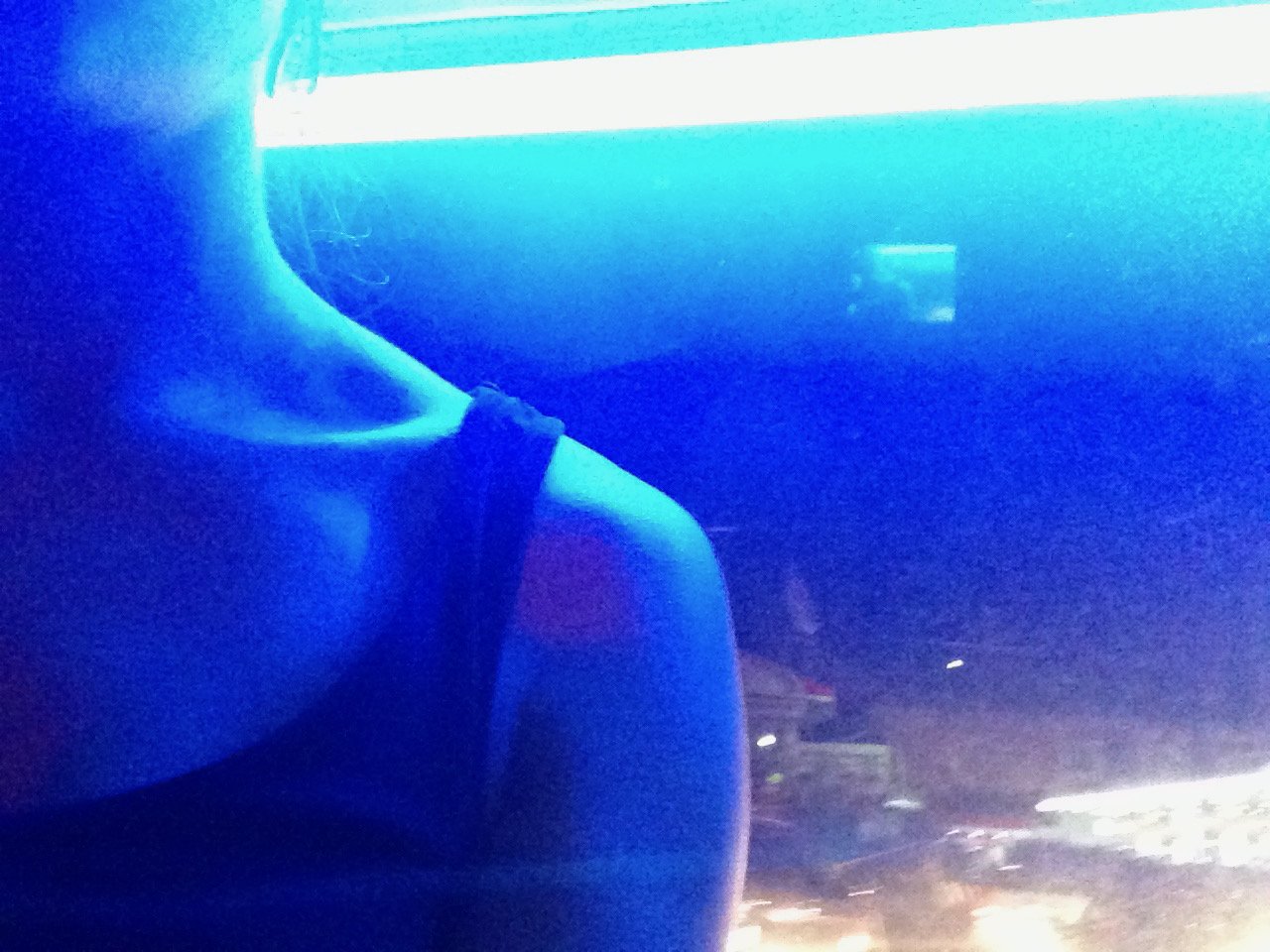Interlude | Sweeping
We were sitting on the sidewalk in front of the kios when the police came,” Allan told me. He was driving one of Manado’s quintessential light-blue minibuses (mikro) and telling me all about the police raid he had recently experienced, which he called sweeping—a word borrowed from the singular form in English and often used to refer to these raids and sweeps. I was the only passenger on board, so we were quick to strike up a conversation. This was the third time Allan and his friends—also minibus drivers (sopir mikro)—had encountered the police while drinking after work. They had been sitting in front of the same small shop as always, forming a loose circle on several plastic crates and a makeshift wooden bench. Their drinks had been placed directly below them on the sidewalk, next to their feet. This was an everyday scene in Manado, where people habitually gathered on sidewalks and house parties often extended out onto the streets. However, a growing number of police teams had been patrolling the city’s streets lately, often targeting social gatherings like this one, as congregations of people signaled the presence of what they believed to be one of the main triggers of street crime: alcohol.
Allan pulled over to the side of the road, where a group of students were waiting. One of them had been waving his arm, hailing Alan’s mikro. It reminded me of my very first day in the city, awkwardly spent navigating Manado’s mikrolet system—an intricate and informal network of minibuses that served as the main form of public transport for most of the city’s commuters.
The minibuses’ routes were indicated on small signboards hanging in their front windows, and one could catch one and disembark at any point along the route. The Malalayang line, Allan’s route, shuttled passengers between the city’s southern edge, which bordered the Minahasa regency, and its center. Allan had moved to Manado from a small village two regencies over, near Motoling in South Minahasa. There, his father had been producing Cap Tikus for over twenty years, though he himself did not drink. Allan did, however. It helped him to relax and fall asleep at the end of the workday. But he couldn’t drink too much, as this would make it difficult for him to get up in the morning and be on time to pick up the mikro he rented each day.
Together with my fellow commuters, I listened to Allan recount the sweep in greater detail. He described how the police had stopped, stepped down from their cars, and interrogated the gathering. He and his friends had been lucky, he said, since they had been drinking not Cap Tikus but commercial local alcoholic drinks. While Allan considered Cap Tikus to be much better for the body, stressing that it was purer and more natural (lebe murni kong alami) than other alcoholic drinks, he was convinced that it would have been worse for them had they been caught with Cap Tikus. He believed that the police would have arrested them instead of simply emptying their drinks out into the street as they did. Although I shared Allan’s concern that Cap Tikus had indeed become a tool of and target for the police during their patrols, I was less convinced that it would have been enough to warrant their arrest.
The text on this page is extracted from the PhD thesis: “Inside the Drinking Circle: Cap Tikus, Contested Modernities, and Youth Resistance in Manado, North Sulawesi.” This thesis was submitted by Nastasja Ilonka Roels as part of the Doctoral Regulations of the University of Amsterdam (UvA). All text references should be made to the original thesis manuscript, once published via the UvA Digital Academic Repository, and not to this website. Permission is required to copy, display or reuse images, songs, and videos.



